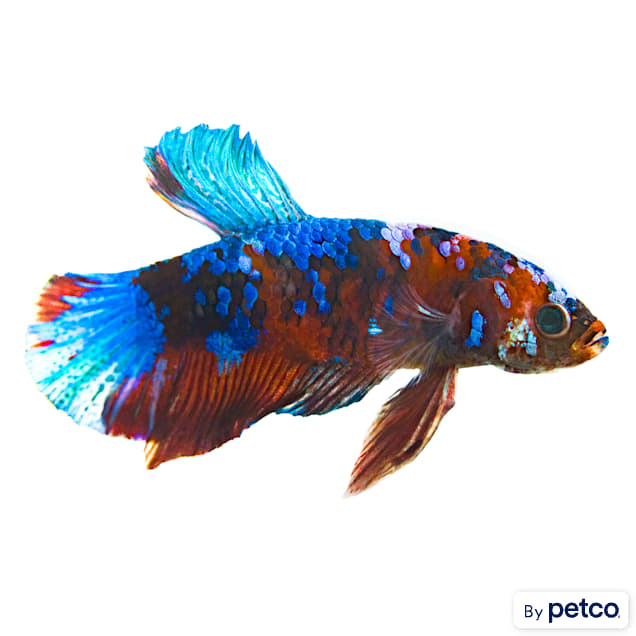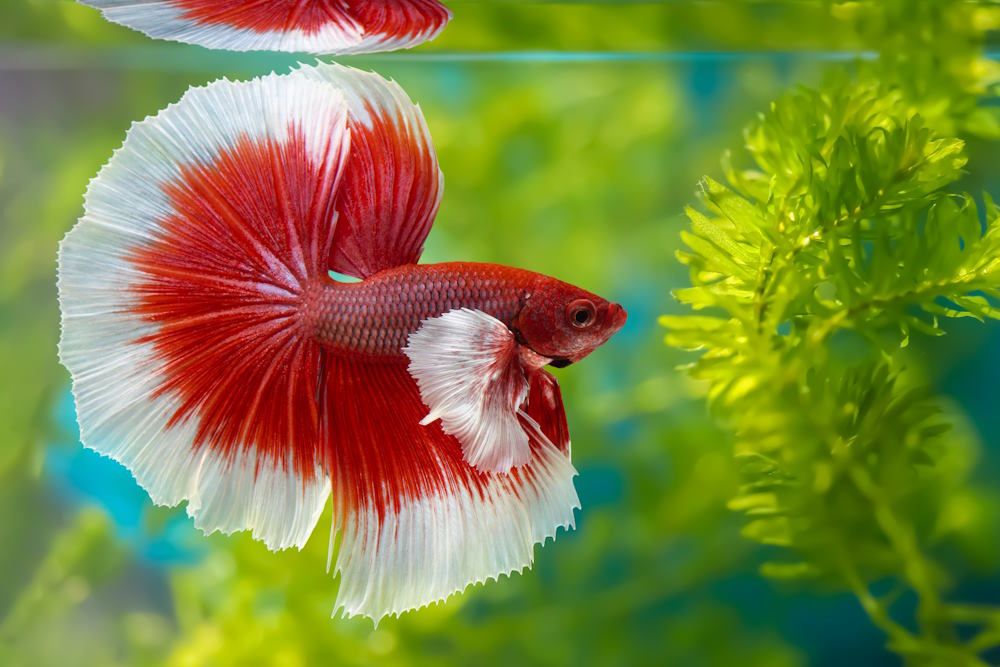Understanding Betta Fish Habits: What Every Proprietor Should Know
Understanding Betta Fish Habits: What Every Proprietor Should Know
Blog Article
Exactly How to Reproduce Betta Fish Effectively: Expert Methods and Insights for Hobbyists Seeking To Expand Their Betta Collection
Breeding Betta fish needs a nuanced understanding of genes and environmental problems, making it vital for hobbyists to come close to the process with both persistance and treatment. Producing an optimum reproduction atmosphere, choosing the best sets, and observing the complexities of their courtship habits are fundamental actions that can significantly influence the result. The succeeding treatment of the fry is vital for guaranteeing their healthy growth. As we discover these crucial parts, it becomes clear that successful breeding is not practically the first pairing however encompasses a more comprehensive strategy that values careful factor to consider.
Understanding Betta Fish Genetics
Understanding the genetics of Betta fish is vital for successful reproduction, as it affects attributes such as shade, fin shape, and behavior. Betta fish show a diverse variety of shades and patterns, mainly established by their genetic makeup. The primary genetics accountable for pigmentation consist of the "B" gene for blue, "D" gene for red, and the "C" genetics for color intensity. Breeders can adjust these attributes by choosing particular moms and dad fish that display desired characteristics.
Along with coloration, fin morphology is an additional significant aspect of Betta genes (betta fish). The sizes and shape of fins are affected by various genes, including those that establish whether the fins are short, long, or veil-shaped. Recognizing these genetic variations helps dog breeders anticipate the phenotypic end results of their spawn
Additionally, behavioral traits such as aggression and territoriality can additionally be affected by genetics. These habits play an essential role in the reproducing process, as they can impact generating success and the overall personality of the resulting fry. By thoroughly comprehending these genetic principles, breeders can make educated decisions, ultimately enhancing their breeding programs and achieving desirable results.
Preparing the Reproduction Atmosphere
Producing an ideal breeding setting is crucial for the effective recreation of Betta fish. The primary step in preparing this setting is to pick a suitable breeding storage tank, preferably varying from 5 to 10 gallons. This dimension enables for adequate swimming area and the facility of areas. The container should be equipped with a heating system to keep a secure temperature between 78 ° F and 80 ° F, which is vital for urging spawning habits.
Following, consider the use of a sponge filter or an air stone to provide gentle water circulation without creating strong currents that can worry the fish. It is necessary to set up plants or breeding cones to provide concealing spots and advertise comfort for the female throughout the spawning process. Drifting plants, such as Java moss or water sprite, can additionally produce a more natural surroundings while helping with bubble nest structure by the male.
Before introducing the breeding pairs, guarantee the water is conditioned and devoid of unsafe chemicals, such as chlorine or hefty metals. betta fish. Regular water adjustments must be carried out to keep optimal water quality, enhancing the possibilities of successful reproduction. With these preparations in area, the reproducing setting will certainly support the wellness and health of both Betta fish
Picking Breeding Pairs
Choosing the right reproduction pairs is crucial for attaining effective Betta fish reproduction. When selecting your breeding pairs, think about numerous key aspects including health and wellness, personality, and genetics. Healthy Betta fish display lively shades, clear eyes, and active behavior. Choosing fish that are cost-free from condition makes certain a try this out better possibility of producing practical spawn.
Temperament is another crucial factor to consider, as Betta fish are recognized for their aggressive nature. It is advisable to select a male and female that display suitable characters to lessen stress and anxiety during the breeding process. A calm man can urge a smoother courtship, while a lady that is as well hostile might interfere with the procedure.
Hereditary history also plays a substantial role in the high quality of the offspring. Reproducing fish that are genetically diverse can reduce the danger of genetic health and wellness concerns and improve the total vigor of the fry. It is beneficial to research the family tree of both the man and woman, focusing on desirable attributes such as fin kind, color scheme, and dimension.
The Breeding Refine
The breeding process of Betta fish requires cautious preparation and attention to information to make certain an effective outcome. It is crucial to prepare a suitable reproduction storage tank, ideally a 5-10 gallon fish tank with a temperature level preserved at 78-80 ° F. The tank needs to be equipped with a heater, filter (preferably sponge type to prevent solid currents), and a lot of aquatic plants for the woman to conceal.
Once the atmosphere is set, introduce the chosen reproducing pair to the container, enabling them to accustom. Observe their behavior; the male will certainly display fancy courtship routines, including flaring his fins and developing a bubble nest. If the lady shows passion, she will certainly present vertical stripes indicating readiness for spawning.
When the woman is responsive, both will certainly participate in a breeding welcome, during which the male feeds the eggs. It is important to check their communications closely, as the male may become hostile. After generating, remove the female to avoid prospective damage. The male will have a tendency to the eggs, which commonly hatch out within 24-36 hours. Keeping optimal water conditions during this duration is vital for the growth of healthy and balanced Betta fry.
Caring for Betta Fry

Feeding Betta fry is vital, as they need a diet plan high in healthy protein. Initially, they can be fed infusoria or fluid fry food, transitioning to finely smashed premium pellets as they grow. Feed small parts several times a day to urge healthy and balanced development without straining the tank with leftover food.

As this article they mature, check their growth carefully and divide any type of hostile individuals to avoid harm. By supplying a nurturing environment and proper nutrition, enthusiasts can effectively raise Betta fry right into lively, healthy fish, eventually improving their reproduction undertakings.
Conclusion
Successful Betta fish breeding needs meticulous focus to genetic selection, ecological conditions, and care for the fry. By understanding the genetics of Betta fish and preparing an appropriate reproduction environment, enthusiasts can improve the possibilities of generating vivid, healthy spawn.
Report this page